Jazz Diplomacy: How Music Became America's Unlikely Cold War Weapon
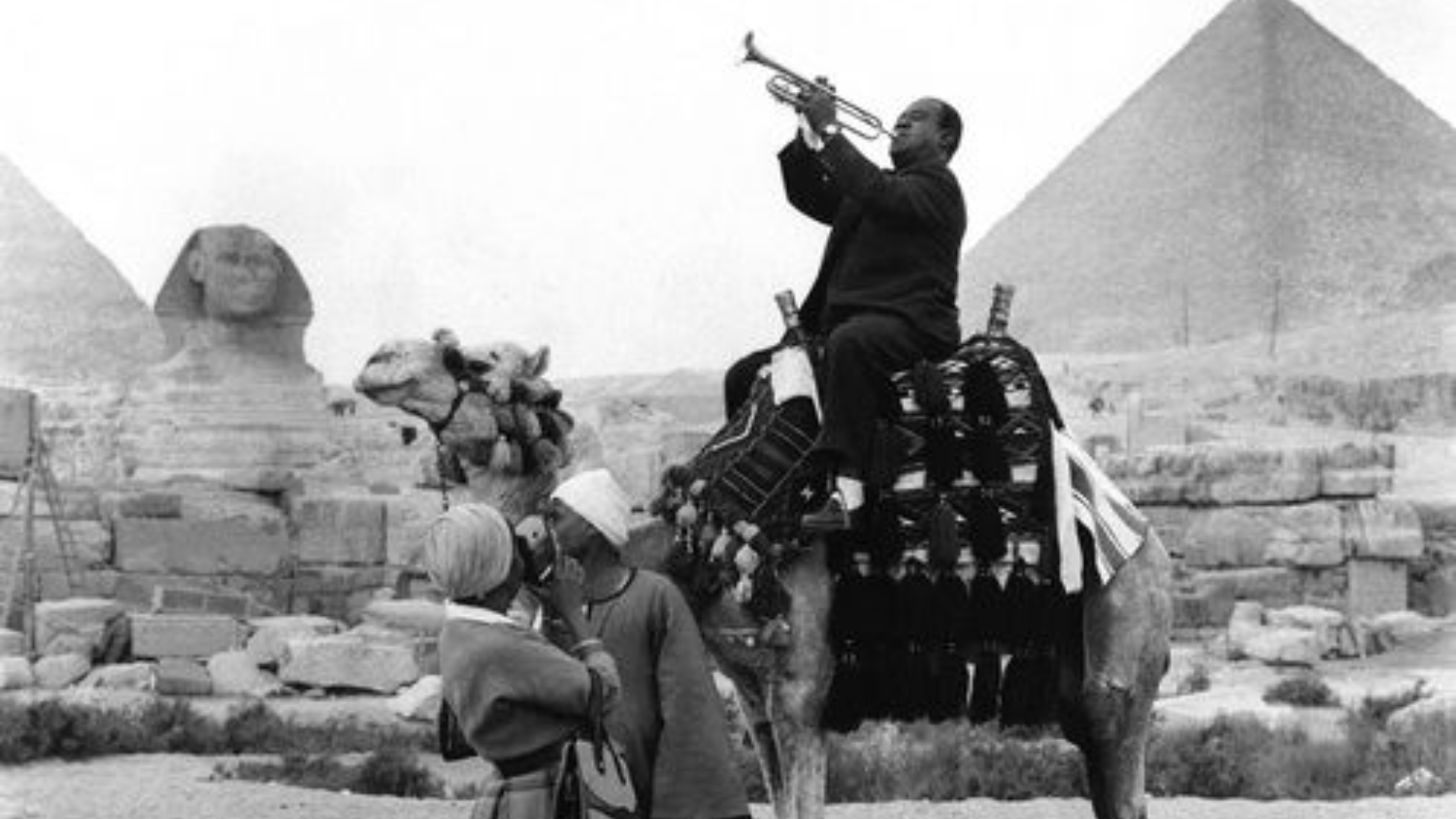
In 1956, with the Cold War intensifying and global opinion shifting, the U.S. State Department made an unusual bet: that a trumpet might travel farther than a tank. Louis Armstrong, Dizzy Gillespie, Dave Brubeck, Duke Ellington - artists who had redefined American music were recruited to serve as cultural diplomats. Their assignment was ambitious and contradictory: to represent American freedom to the world, even as their own freedoms were limited at home.
This initiative, known as the Jazz Ambassadors program, was an effort to win hearts and minds through soft power. In the eyes of Washington, jazz was the ideal propaganda tool; vibrant, improvisational, distinctly American. It symbolized individual liberty, collaboration, and innovation. But the men sent abroad were the same musicians who were often refused entry into hotels, and barred from stages in their own country.
The program was launched during the Eisenhower administration and intensified under Kennedy. As Soviet rhetoric painted America as a racist, imperialist state, the U.S. needed a counter-narrative. Musicians were sent on tours that spanned the Middle East, Africa, Eastern Europe, and South Asia. They performed in concert halls and dusty open-air arenas, held jam sessions, and broke language barriers more effectively than any ambassador could.
Yet the contradictions followed. Armstrong famously cancelled a government-sponsored trip to the USSR in 1957 after the violent response to school desegregation in Arkansas. Dave Brubeck refused to perform without his Black bassist, Eugene Wright, even when it meant cancelling part of his tour.
In sending these artists abroad, the U.S. was promoting a version of itself that didn’t exist back home. If jazz represented freedom, it wasn’t because the government said so. It was because it had been created by people who had none, and who found a way to speak anyway.
In a world again shaped by ideological divisions, perhaps there’s something to learn from a strategy that trusted culture over coercion. The Jazz Ambassadors didn’t end wars. But they changed minds, cracked doors, and left behind echoes that still ask: What does freedom really sound like?
In 1956, the United States decided that Jazz – improvised, collaborative, and unmistakably American could travel farther than tanks, projecting freedom across borders at the height of the Cold War.
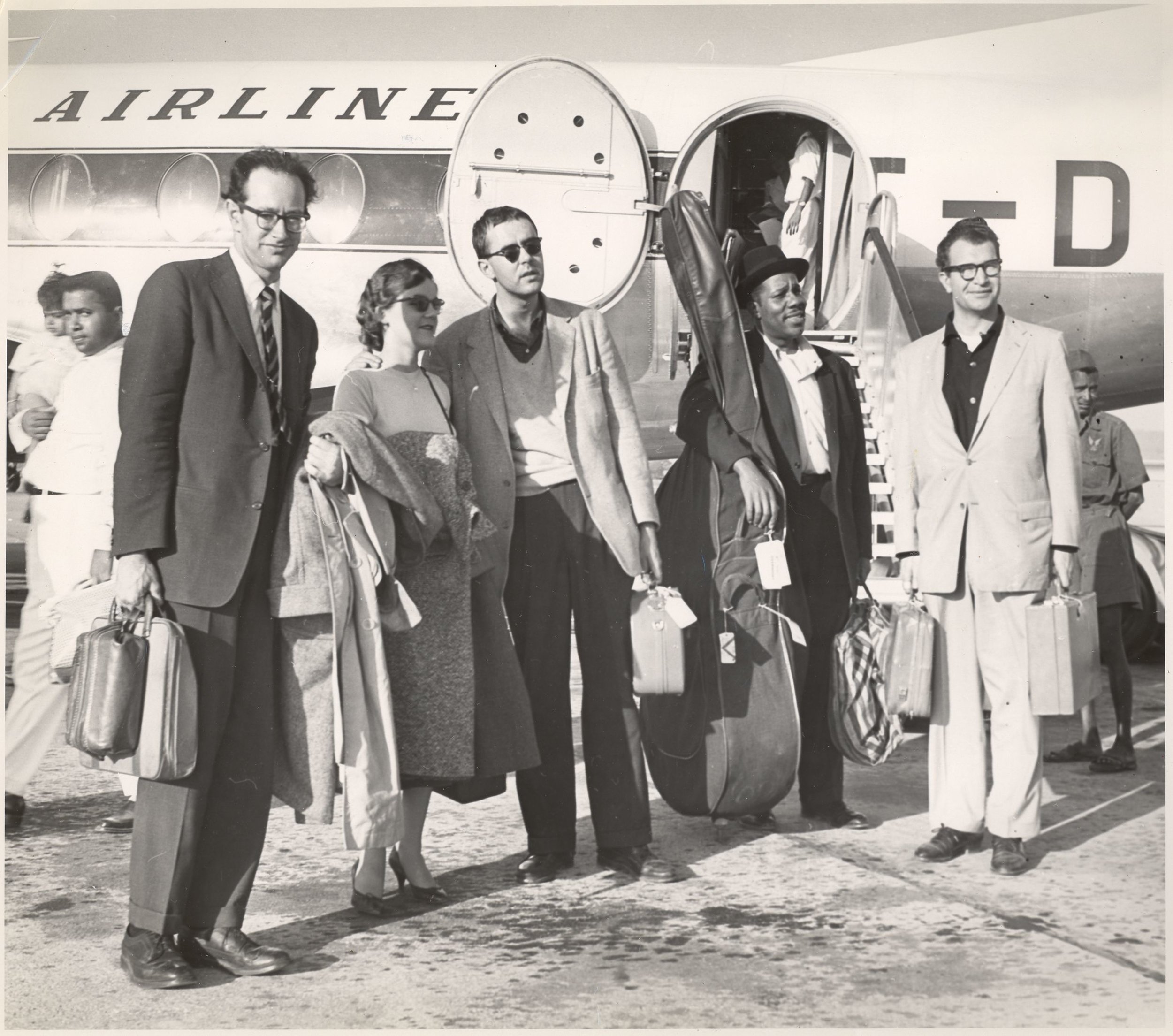 The State Department launched the Jazz Ambassadors program, sending musicians like Armstrong, Gillespie, and Ellington to represent America. They weren’t diplomats by training, but they carried a language of freedom that no government official could match.
The State Department launched the Jazz Ambassadors program, sending musicians like Armstrong, Gillespie, and Ellington to represent America. They weren’t diplomats by training, but they carried a language of freedom that no government official could match.
Congressman Adam Clayton Powell Jr., a Harlem power broker, was instrumental in convincing Washington that jazz was the perfect tool to counter Soviet propaganda about American racism and repression.

Powell believed music could tell a story that politics could not. By lobbying Eisenhower’s administration, he set in motion one of the most unusual Cold War strategies sending musicians into contested regions as frontline ambassadors of liberty.
Dizzy Gillespie, with his trademark bent trumpet and unstoppable charisma, led the very first Jazz Ambassadors tour in 1956 with a racially integrated band and Quincy Jones as music director.
His band toured Southern Europe, the Middle East, and South Asia. Wherever they went, they drew massive crowds sometimes skeptical, often chaotic, but more often leaving audiences exhilarated. Jazz was improvisation, and so was diplomacy.
The first official concert of the Jazz Ambassadors took place in Abadan, Iran setting a precedent for using music as a direct form of American outreach.
In dusty arenas and grand theaters, the musicians broke barriers that politicians never could. Their sound carried an immediacy – joy, defiance, freedom – that crossed language and cultural divides with extraordinary effectiveness.
In Athens, skepticism turned into chaos and then into celebration, as audiences lifted Dizzy into the streets, proof of the power of music to shift moods in real time.
 The concert started tensely but ended in euphoria. This became a recurring theme: audiences doubted at first, then surrendered to the energy of jazz, finding in its improvisation a glimpse of something liberating.
The concert started tensely but ended in euphoria. This became a recurring theme: audiences doubted at first, then surrendered to the energy of jazz, finding in its improvisation a glimpse of something liberating.
U.S. diplomats wrote home that a single jazz concert could achieve more goodwill in an evening than years of speeches, treaties, or even military shows of strength.

They marveled at the reach: teenagers humming riffs, parents bringing families to concerts, newspapers covering encores. Music carried sincerity—its persuasive power was subtle, emotional, and in many ways unstoppable.
At the same time, millions behind the Iron Curtain were tuning into Willis Conover’s nightly jazz broadcast on Voice of America, a radio show more influential than many political speeches.
Conover’s baritone voice introduced Ellington, Armstrong, and Brubeck to listeners from Prague to Moscow. For audiences starved of free expression, jazz became a lifeline an audible reminder of the freedoms they lacked.
Yet the contradictions were glaring. The very musicians sent abroad to embody freedom often returned to segregation, bans, and daily racism in their own country.
 Audiences abroad noticed too. The power of jazz was undeniable, but it exposed America’s hypocrisy: how could the nation sell liberty overseas while denying it at home? Musicians lived this paradox onstage and off.
Audiences abroad noticed too. The power of jazz was undeniable, but it exposed America’s hypocrisy: how could the nation sell liberty overseas while denying it at home? Musicians lived this paradox onstage and off.
Dave Brubeck refused to perform without his Black bassist, Eugene Wright, even when venues and governments demanded otherwise. His quartet’s integrity became a diplomatic statement in itself.
Brubeck canceled shows rather than compromise. On foreign tours, the sight of an integrated band carried as much symbolic weight as the music itself. It said: this is what freedom should look like.
Brubeck and his wife Iola later created The Real Ambassadors, a satirical jazz musical with Armstrong that confronted America’s hypocrisy head-on.
 Performed at Monterey in 1962, it mocked Cold War propaganda while elevating musicians as the true ambassadors. It remains one of the boldest cultural commentaries to come out of the program.
Performed at Monterey in 1962, it mocked Cold War propaganda while elevating musicians as the true ambassadors. It remains one of the boldest cultural commentaries to come out of the program.
Dizzy’s tours left behind records like World Statesman and Dizzy in South America, capturing the energy of the Jazz Ambassadors abroad.
 These albums were more than souvenirs they were artifacts of diplomacy. The covers themselves sometimes declared their mission: jazz as the voice of America to the wider world.
These albums were more than souvenirs they were artifacts of diplomacy. The covers themselves sometimes declared their mission: jazz as the voice of America to the wider world.
In 1963, Duke Ellington undertook a massive State Department tour through the Middle East, South Asia, and beyond, absorbing sounds that would transform his music.
 Ellington played to audiences in India, Pakistan, Lebanon, Jordan, and more. Each stop was both concert and conversation, with Duke taking in regional melodies and rhythms that would later reshape his compositions.
Ellington played to audiences in India, Pakistan, Lebanon, Jordan, and more. Each stop was both concert and conversation, with Duke taking in regional melodies and rhythms that would later reshape his compositions.
In 1963, Duke Ellington undertook a massive State Department tour through the Middle East, South Asia, and beyond, absorbing sounds that would transform his music.
 Ellington played to audiences in India, Pakistan, Lebanon, Jordan, and more. Each stop was both concert and conversation, with Duke taking in regional melodies and rhythms that would later reshape his compositions.
Ellington played to audiences in India, Pakistan, Lebanon, Jordan, and more. Each stop was both concert and conversation, with Duke taking in regional melodies and rhythms that would later reshape his compositions.
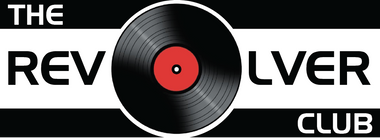

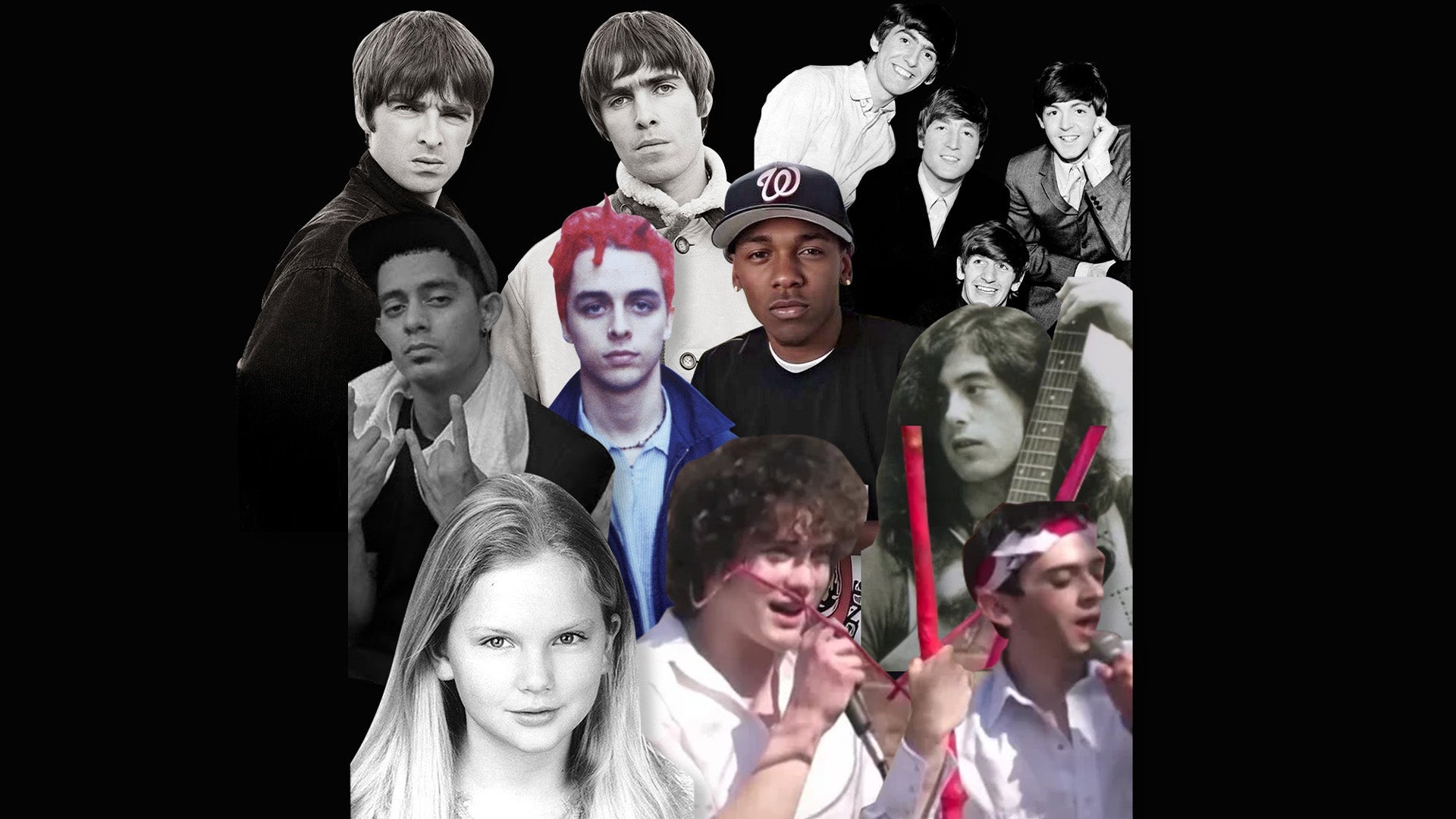
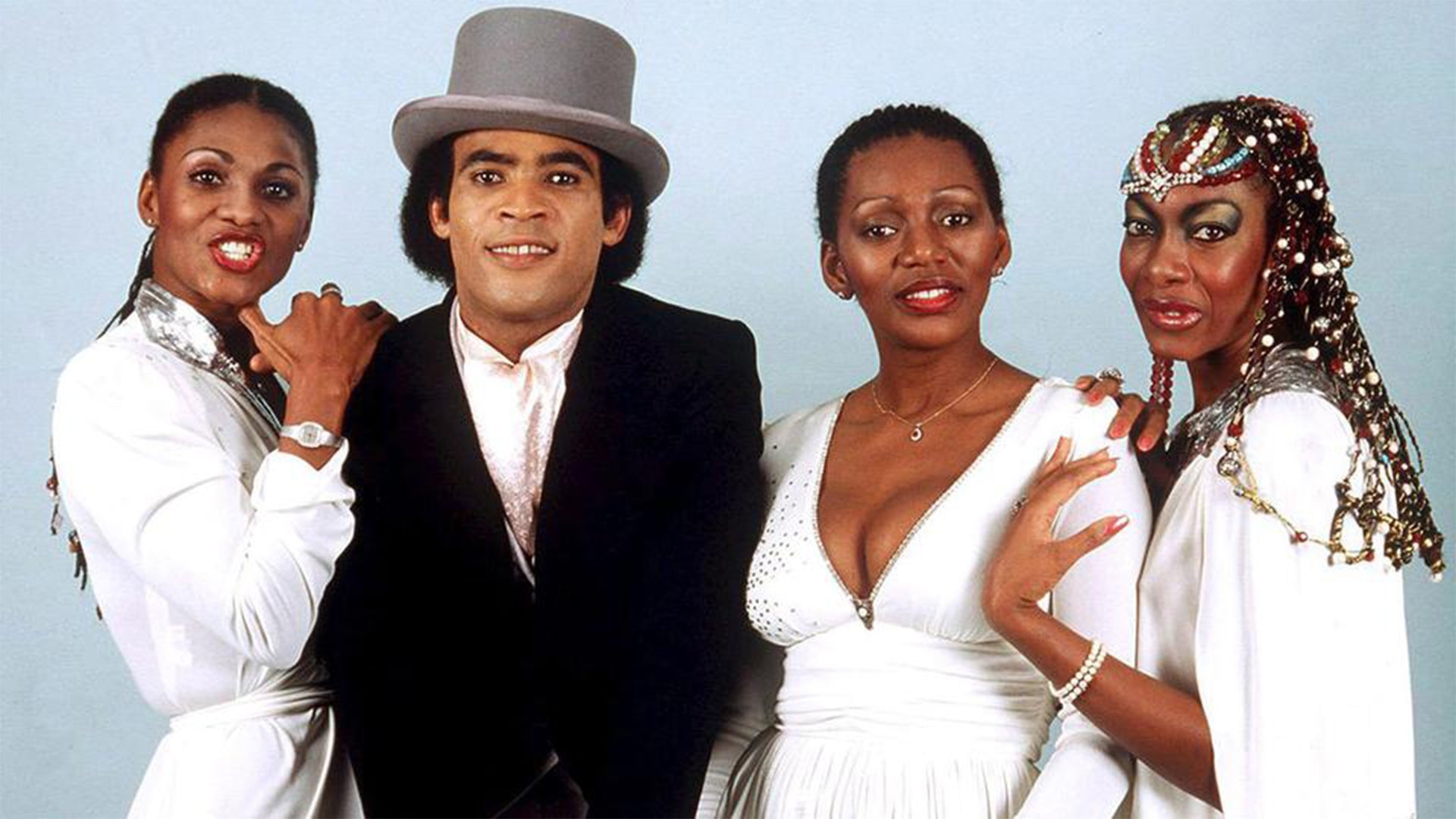
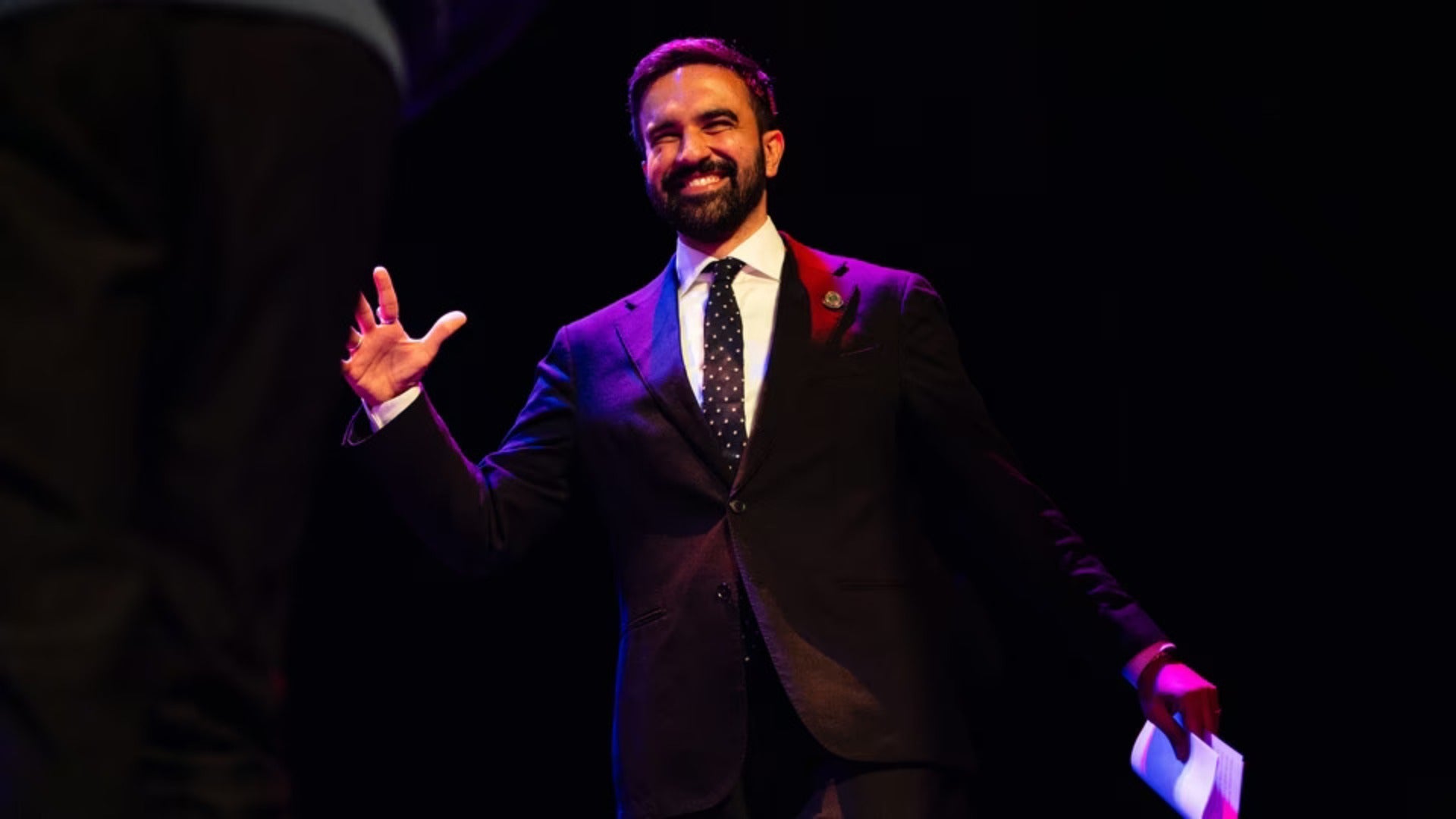
Comments
MRS DEJANA IVICA — 8 days ago
TANGIBLE INFORMATION ABOUT CHRISTMAS LOAN FOR PLANNING…
This is not a normal post that you see every day on the internet where people make false statements and false information about huge financial assistance.. I am aware that many of you have been scammed and that fake agents have taken advantage of those seeking loans. I will not call this a normal statement, I will call this situation where I live a witness to how you can get your loan when you meet the company’s requirements. It really does not matter to have a good credit rating or government approval, all you need is a valid ID card and a valid IBAN number to be able to apply for a loan with an interest rate of 3%. The minimum amount is 1000 euros and the maximum amount that can be borrowed is 100,000,000 euros. I give you a 100% guarantee that you can get your loan through this reliable and honest company, we operate 24 hours online and provide loans to all citizens of Europe and outside Europe. They sent me a document that was checked and tested as valid before I got the loan, so I invite anyone who needs a loan to visit them or contact them via
Email: michaelgardloanoffice@gmail.com
WhatsApp for Europe: +385915608706
WhatsApp for USA: +1 (717) 826-3251
After you contact them, let them know that Ms. Dejana Ivica from Zagreb gave you the information. Seeing is believing and you will thank me later when you get a loan from them. I made a promise that after I get a loan from them, I will post the good news to everyone online. If you have friends or relatives, including colleagues, you can tell them about this offer and that it is happening this CHRISTMAS.
emily faye — 8 days ago
I have been suffering from Herpes for the past 1 years and 8 months, and ever since then I have been taking series of treatment but there was no improvement until I came across testimonies of Dr. Silver on how he has been curing different people from different diseases all over the world, then I contacted him as well. After our conversation he sent me the medicine which I took according to his instructions. When I was done taking the herbal medicine I went for a medical checkup and to my greatest surprise I was cured from Herpes. My heart is so filled with joy. If you are suffering from Herpes or any other disease you can contact Dr. Silver today on this Email address: drsilverhealingtemple@gmail.com
Fat Rosa — 8 days ago
HOW I RECOVERED MY LOST CRYPTO FROM FAKE BROKER ONLINE.
I had lost over $752,000 by someone I met online on a fake investment project. After the loss, I had a long research on how to recover the lost funds. I came across a lot of Testimonies about THE HACKANGEL RECOVERY TEAMS. I contacted them providing the necessary information and it took the experts about 48 hours to locate and help recover my stolen money. If anyone is looking for a Recovery firm to Recover your lost Crypto. You can contact THE HACKANGEL RECOVERY TEAMS . I hope this helps as many out there who are victims and have lost to these fake online investment scammers. You can contact them by using
Email at support@thehackangels.com
Website at www.thehackangels.com
WhatsApp +1(520)200-2320
Fat Rosa — 8 days ago
HOW I RECOVERED MY LOST CRYPTO FROM FAKE BROKER ONLINE.
I had lost over $752,000 by someone I met online on a fake investment project. After the loss, I had a long research on how to recover the lost funds. I came across a lot of Testimonies about THE HACKANGEL RECOVERY TEAMS. I contacted them providing the necessary information and it took the experts about 48 hours to locate and help recover my stolen money. If anyone is looking for a Recovery firm to Recover your lost Crypto. You can contact THE HACKANGEL RECOVERY TEAMS . I hope this helps as many out there who are victims and have lost to these fake online investment scammers. You can contact them by using
Email at support@thehackangels.com
Website at www.thehackangels.com
WhatsApp +1(520)200-2320
Usman Bello —
ALPHA KEY BTC RECOVERY: SEEK ADVICE FROM A LICENSED CRYPTO RECOVERY HACKER
Only a small number of skilled hackers has the special hacking knowledge and abilities needed to recover lost Bitcoin. Although there are a lot of recovery websites available, it’s crucial to exercise caution because 99% of them are run by con artists who pose as trustworthy businesses. It is preferable to go for a reliable hacker who can assist you in getting your money back, such as Alpha Key BTC Recovery. I lost $326k in Bitcoin due to mining, but they were able to retrieve it. contact info below
Mail : Alphakey@consultant.com
Website : www.alphakeyrecovery.com
WhatsApp contact :15714122170
Signal contact:15403249396
lucas e,merson —
After over 30 years in the cockpit as a commercial pilot, flying across continents and safely landing thousands of passengers, I was ready for retirement. Like many others, I had put part of my earnings into cryptocurrency—Bitcoin, specifically—as a long-term investment. Over time, that small investment grew substantially, eventually reaching £2,000,000. It wasn’t just a number on a screen; it was my safety net, my future, my reward for decades of hard work and sacrifice. Then, in a single moment, it was all gone. I logged into my crypto wallet one morning and was met with an empty balance—zero. My entire portfolio had vanished. What I later learned was that I had been the victim of a sophisticated form of cyber theft known as cryptojacking. The hackers had exploited vulnerabilities in my system, compromised my private keys, and stealthily transferred every last coin to their own wallets. The feeling? Crippling. I reached out to every avenue I could think of—banks, law enforcement, online crypto forums—but the answer was always the same: “There’s nothing we can do.” I was devastated. It felt like years of planning and saving had been erased overnight. That was until I came across.COINSRECOVERYWORLDWIDE Naturally, I was cautious. The internet is riddled with “recovery experts” who prey on victims twice. But from my first contact with Coinsrecoveryworldwide, the difference was obvious. Their team was transparent, knowledgeable, and deeply empathetic. They didn’t offer empty guarantees—they offered action, and more importantly, they delivered. Here’s what set them apart: Unmatched Technical Expertise Coinsrecoveryworldwide began by conducting an advanced forensic analysis of my case. They traced my stolen Bitcoin through multiple layers of obfuscation—including mixers, tumblers, and shadow wallets commonly used by criminals to launder crypto assets. Their team used blockchain analytics and cyber-intelligence tools to follow the trail where others had hit a dead end. Dark Web Surveillance and Server Penetration They didn’t stop at blockchain tracking. Using legal and ethical cyber-infiltration methods, they breached one of the attacker’s remote servers—uncovering a treasure trove of data: stolen credentials, transaction logs, and access routes. This breakthrough allowed them to identify the specific IPs and even the hardware fingerprints used during the theft. Collaboration with Exchanges and Global Partners Coinsrecoveryworldwide then leveraged their global network and worked directly with several crypto exchanges to flag, freeze, and intercept the stolen assets before they could be laundered or converted. They also collaborated with cybersecurity partners to neutralize parts of the botnet infrastructure the hackers had used. Successful Recovery Within weeks, 95% of my stolen funds—equivalent to £1,900,000—was securely returned to a new, uncompromised wallet. Watching that balance reappear felt like being rescued from a plane crash. I was overwhelmed with relief and gratitude. This experience has taught me that all is not lost after a scam—not when you have the right people in your corner. Coinsrecoveryworldwide didn’t just recover my funds. They restored my sense of justice, safety, and peace. They are not just another tech firm—they are specialists in real-world cybercrime intervention. They combine unmatched technical acumen with genuine care for the people they help. To anyone facing the same nightmare I went through: don’t give up. Coinsrecoveryworldwide is the real deal. If they could recover my £2,000,000 there’s hope for you too. Contact COINSRECOVERYWORLDWIDE Security Company 📧
🌐 Website: [https://coinsrecoveryworldwide.mobirisesite.com/] 📧 Email: Coinsrecoveryworldwide@gmail.com 💬 WhatsApp:+1765-823-6083
Take the step to secure your future—you’re not alone
lucas e,merson —
After over 30 years in the cockpit as a commercial pilot, flying across continents and safely landing thousands of passengers, I was ready for retirement. Like many others, I had put part of my earnings into cryptocurrency—Bitcoin, specifically—as a long-term investment. Over time, that small investment grew substantially, eventually reaching £2,000,000. It wasn’t just a number on a screen; it was my safety net, my future, my reward for decades of hard work and sacrifice. Then, in a single moment, it was all gone. I logged into my crypto wallet one morning and was met with an empty balance—zero. My entire portfolio had vanished. What I later learned was that I had been the victim of a sophisticated form of cyber theft known as cryptojacking. The hackers had exploited vulnerabilities in my system, compromised my private keys, and stealthily transferred every last coin to their own wallets. The feeling? Crippling. I reached out to every avenue I could think of—banks, law enforcement, online crypto forums—but the answer was always the same: “There’s nothing we can do.” I was devastated. It felt like years of planning and saving had been erased overnight. That was until I came across.COINSRECOVERYWORLDWIDE Naturally, I was cautious. The internet is riddled with “recovery experts” who prey on victims twice. But from my first contact with Coinsrecoveryworldwide, the difference was obvious. Their team was transparent, knowledgeable, and deeply empathetic. They didn’t offer empty guarantees—they offered action, and more importantly, they delivered. Here’s what set them apart: Unmatched Technical Expertise Coinsrecoveryworldwide began by conducting an advanced forensic analysis of my case. They traced my stolen Bitcoin through multiple layers of obfuscation—including mixers, tumblers, and shadow wallets commonly used by criminals to launder crypto assets. Their team used blockchain analytics and cyber-intelligence tools to follow the trail where others had hit a dead end. Dark Web Surveillance and Server Penetration They didn’t stop at blockchain tracking. Using legal and ethical cyber-infiltration methods, they breached one of the attacker’s remote servers—uncovering a treasure trove of data: stolen credentials, transaction logs, and access routes. This breakthrough allowed them to identify the specific IPs and even the hardware fingerprints used during the theft. Collaboration with Exchanges and Global Partners Coinsrecoveryworldwide then leveraged their global network and worked directly with several crypto exchanges to flag, freeze, and intercept the stolen assets before they could be laundered or converted. They also collaborated with cybersecurity partners to neutralize parts of the botnet infrastructure the hackers had used. Successful Recovery Within weeks, 95% of my stolen funds—equivalent to £1,900,000—was securely returned to a new, uncompromised wallet. Watching that balance reappear felt like being rescued from a plane crash. I was overwhelmed with relief and gratitude. This experience has taught me that all is not lost after a scam—not when you have the right people in your corner. Coinsrecoveryworldwide didn’t just recover my funds. They restored my sense of justice, safety, and peace. They are not just another tech firm—they are specialists in real-world cybercrime intervention. They combine unmatched technical acumen with genuine care for the people they help. To anyone facing the same nightmare I went through: don’t give up. Coinsrecoveryworldwide is the real deal. If they could recover my £2,000,000 there’s hope for you too. Contact COINSRECOVERYWORLDWIDE Security Company 📧
🌐 Website: [https://coinsrecoveryworldwide.mobirisesite.com/] 📧 Email: Coinsrecoveryworldwide@gmail.com 💬 WhatsApp:+1765-823-6083
Take the step to secure your future—you’re not alone
GH —
USA UK CANADA FULLZ AVAILABLE
FRESH DATABASES & VALID INFO
Guaranteed stuff with replacement offer
SSN DOB DL ADDRESS USA
SIN DOB ADDRESS MMN CA
NIN DOB DL ADDRESS SORT-CODE UK
REAL DL & ID Front Back with Selfie
Children Fullz 2011-2023
Young Age & Old Age Fullz
CC Fullz with CVV & Billing Address
Dumps with Pin Track 101 & 202
Contact for any query & order here:
TG – @ leadsupplier / @ killhacks
What’s App – (+1).. (727). (788). (6129).
TG Channel – t.me/leadsproviderworldwide
VK Messenger ID – @ leadsupplier
E-mail – bigbull0334 at gmail dot com
*(Be aware from scammers using our cloned names on TG)
Providing fresh stuff with 100% guarantee
80% to 90% connectivity ratio
All stuff will be fresh & genuine
USA FULL NAME SSN DOB DL ADDRESS PHONE EMAIL ACCOUNT & ROUTING NUMBER
UK FULL NAME NIN DOB DL ADDRESS PHONE EMAIL SORT CODE & ACCOUNT NUMBER
CANADA FULL NAME SIN DOB ADDRESS PHONE EMAIL MMN
#SSN #SSNDOBDL #SellSSN #CCShop #CCSELLCVV #ShopSSNDOBDLADDRESS #FULLZ #SSNFULLZ
#REALDLSCAN #YoungAgeFullz #Fullzseller #USAFULLZ #FULLZUSA #SellerSSNDOB #ShopSSNDOB
#SIN #SINDOBDL #SellSIN #SINMMNFULLZ #MMNPROSSIN #MMNSIN #CCShop #CCSELLCVV #ShopSINDOBDLADDRESS #FULLZ #SINFULLZ
#REALDLSCAN #YoungAgeFullz #Fullzseller #CANADAFULLZ #FULLZCANADA
#NIN #NINDOBDL #SellNIN #CCShop #CCSELLCVV #ShopNINDOBDLADDRESS #FULLZ #NINFULLZ
#REALDLSCAN #YoungAgeFullz #Fullzseller #UKFULLZ
Other stuff we’re providing as well, listed below:
===========
DL Front back with selfie USA|UK|CA|AUS|GR|FR|RU|CHINA e.t.c
Fullz with MVR & W-2 Form
Business Pros Company fullz with EIN
High credit scores pros (700+ score)
Dead fullz bulk quantity
Tax return filling fullz (FASFA|UBER|DOORDASH|SBA|PUA|UI|BENEFITS)
USA Fullz with DL Front Back with SSN & Selfie
Email Leads available in different categories:
===========
Crypto Leads
Fresh Sweep Stakes
Business P2P leads
Medical Leads
Education Leads
Country wise Leads
Bank Details Leads with phone numbers
Specific States & Cities Leads USA UK CAN
Car Database leads with registration No.
Doctor’s Leads
Health Leads
Facebook|Amazon|LinkedIn|Ebay Leads
Payday Leads
Mortgage Leads
All type of Sp’a’mming Tools & Tutorials are available for learning purpose.
>SMTP
>RDP
>BRUTES
>SHELLS
>C-panels
>Web-Mailers
>Bulk SMS & E-Mail Senders
>Sc@mpages & Scripting
>Cash out & Carding Tutorials
>H@cking Tools & Tutorials
Many other Stuff we can provide on demand as well
Feel free to contact with us, we’ll assist you 24/7
We’re providing stuff for learning to make money as well
Proper guidance & assistance will be provided
Waiting for you guy’s
Here we are for you:
-TG – @ leadsupplier / @ killhacks
-What’s App – (+1).. (727). (788). (6129).
-TG Channel – t.me/leadsproviderworldwide
-VK Messenger ID – @ leadsupplier